Meadowsweet
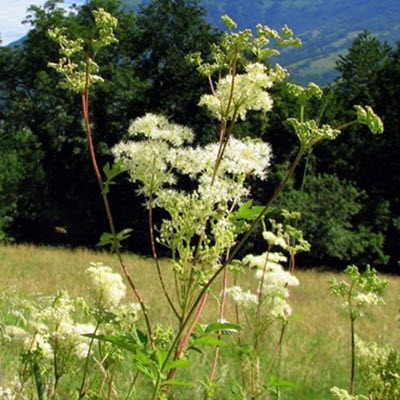
It is found on the banks of watercourses, in ditches and damp meadows,
In the mountains, it is found in megaphorbiaia, associated with willow herb and nettle,
It is its fluted and reddish stem with its haughty appearance which has earned it the name meadowsweet,
Its leaves, dark green in color, are glabrous above, with their felted white down below.
Its flowers, ivory-white in color and very fragrant, are grouped in corymbs,
The fruits are spiral and striated achenes, hence its name spirea,
By crushing the flowers and leaves we extract a synthetic molecule which provides aspirin,
The flowering tops are used as an infusion for their divine diuretic and digestive properties.
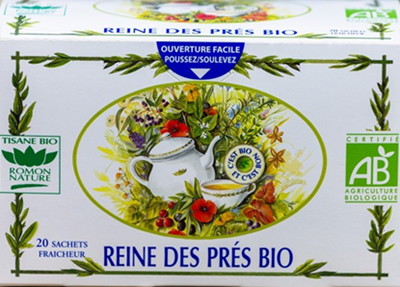
The Mimosa
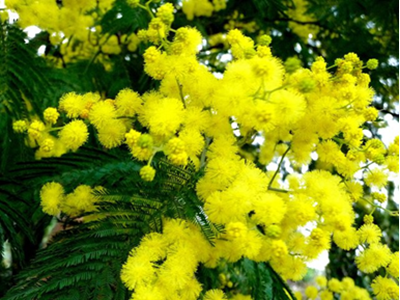
Like thousands of suns, your many little sessile balls on your branches all in green,
Golden pompoms, puffs of chick's down, in small bouquets are going to conquer winter,
Mimosa in your yellow polka dot suit, your flowery canopy sometimes, at the end of January,
Like sparkling cotton balls, your golden clusters make our vacationer dreams blossom.
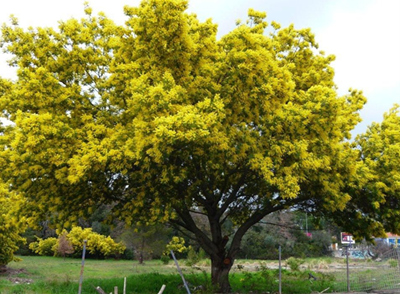
The Nutria
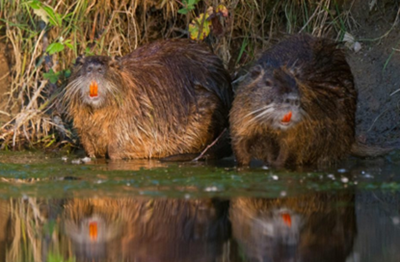
With a large head and very small ears, it is a large rodent with ruffled brown fur,
Its scaly tail is long and cylindrical, its rear legs are partly webbed,
It likes slow-moving waterways, stagnant waters, lagoons, estuaries and marshes,
The coypu has the unfortunate habit of digging burrows in the banks which are then weakened.
He is a vegetarian who does not disdain corn or wheat, but feeds on reeds and rushes,
Originally from South America, introduced to Europe in the 19th century. for the exploitation of its fur,
The farms grew but the crisis of 1929 ruined the breeders who released them into the wild,
Classified as the most harmful invasive exotic species in Europe, studies aim to limit its proliferation.
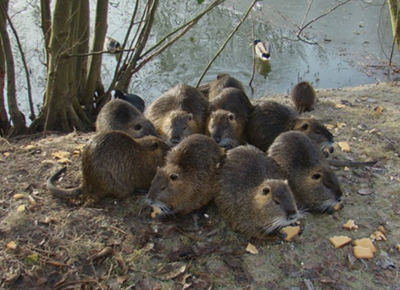
Guy l’ARIÉ…..JOIE
